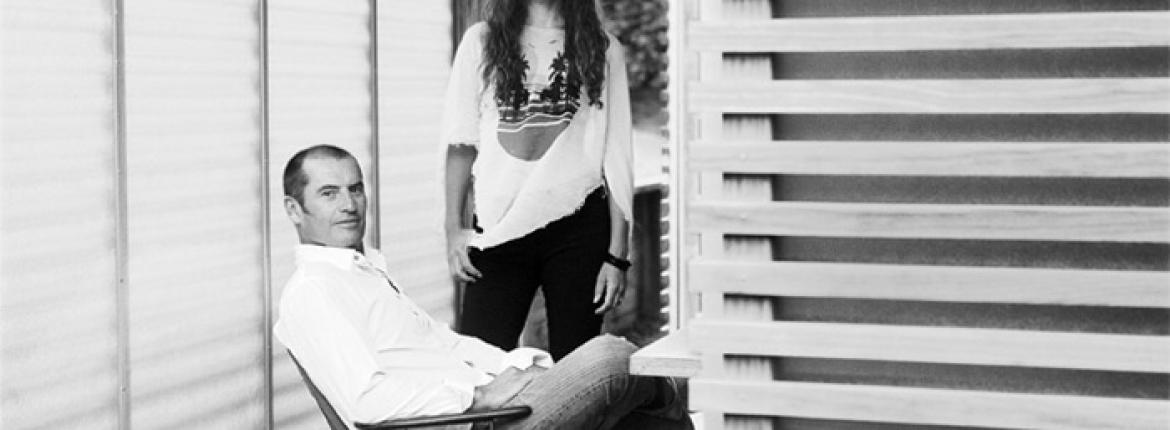“That move launched our career in some regard. We put a rudimentary tower structure on the land and, later, added two more structures – and we won awards for it. We got intensely interested in the joy that baches give and created an architectural response to that.”
It was a brilliant introduction to the adjustments they needed to make to work in this new environment – most significantly, those relating to technology. South African buildings use heavy materials, such as bricks and masonry, to keep heat out and warmth in, whereas New Zealand’s climate is more suited to timber construction.
The quality of light here inspired a change of palette in their design. “Black in architecture works well here. You see black in nature, in manuka and kanuka – and it absorbs the light.”
And cultural contrasts were also revealed. “In some countries, the past is a dead weight and people want what is traditional. There is not so much of that here,” they say, adding they are grateful for clients who are courageous with new ideas.
Then there is the bach. “There is so much coastline here and access to coastal land. The lifestyle of a shack on the beach is available to a lot of people.
“So, does New Zealand inspire what we do? We are contextualists. Baches come out of being where they are, near beaches, in natural environments. Urban buildings will reflect influences of that environment – their surroundings provide a context. In that way, all our work responds to New Zealand.”
People here grew up with the bach; it’s an emotional and historic thing. It’s about memories.
Reported by Kathryn Webster for our AA Directions Winter 2011 issue




